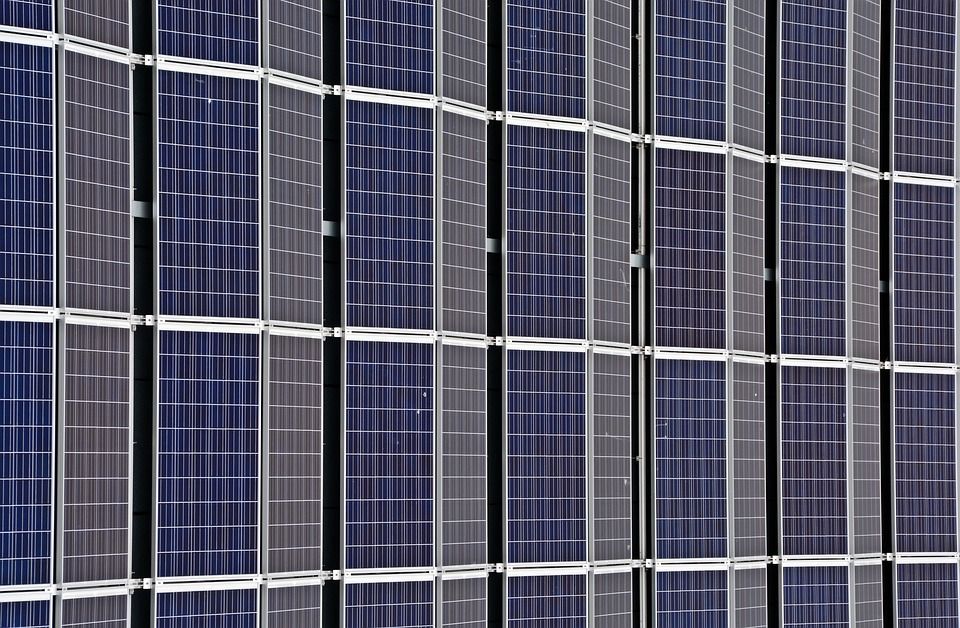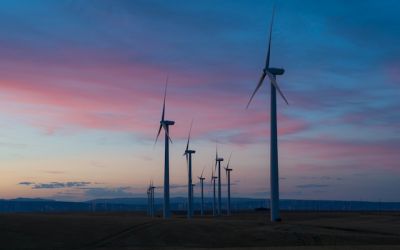Solar capacity in China doubles in 2016
China’s installed capacity of solar PV doubled in 2016, making the country the world's biggest producer of solar energy by capacity, according to a new report

China’s installed capacity of solar PV doubled in 2016, making the country the world's biggest producer of solar energy by capacity, according to a new report.
According to a National Energy Administration (NEA) report released on Saturday 4 February, China is now host to more than 77.4 gigawatts (GW) of installed solar PV, up from 34.5 GW at the end of 2015.
According to Reuters, the provinces that saw the fastest growth were Shandong, Xinjiang and Henan, with Xinjiang, Gansu, Qinghai and Inner Mongolia accommodating the greatest power capacity.
The NEA has announced plans to add a further 110 GW of capacity between 2016 and 2020.
Solar projects produced 66.2 billion kilowatt-hours (kWh) of power last year, the NEA said.
The significant growth of China’s solar capacity is the result of several large-scale projects, including the Longyangxia Dam Solar Farm located in Qinghai Province, which is one of the largest solar plants in the world.
Construction began in 2013, and the site can currently generate 850 megawatts (MW) of power – enough to supply around 200,000 households.
Xie Xiaoping, Chairman of Huanghe Hydropower Development, the state-run company behind the park, said: “The development of clean energy is very important if we are to keep the promises made in the Paris Agreement.”
The announcement of China’s increased solar capacity follows a series of initiatives to reduce the use of fossil fuels in favour of renewable energy sources.
Last month, China’s State Council has announced its five-year plan – from 2016 to 2020 – to cut energy consumption by 15 per cent by 2020.
In addition, the NEA announced its plans to invest 2.5 trillion yuan ($361 billion) into renewable power generation by 2020.
For the latest news on renewable energy, sustainability and climate change, sign up to our free newsletter here.


